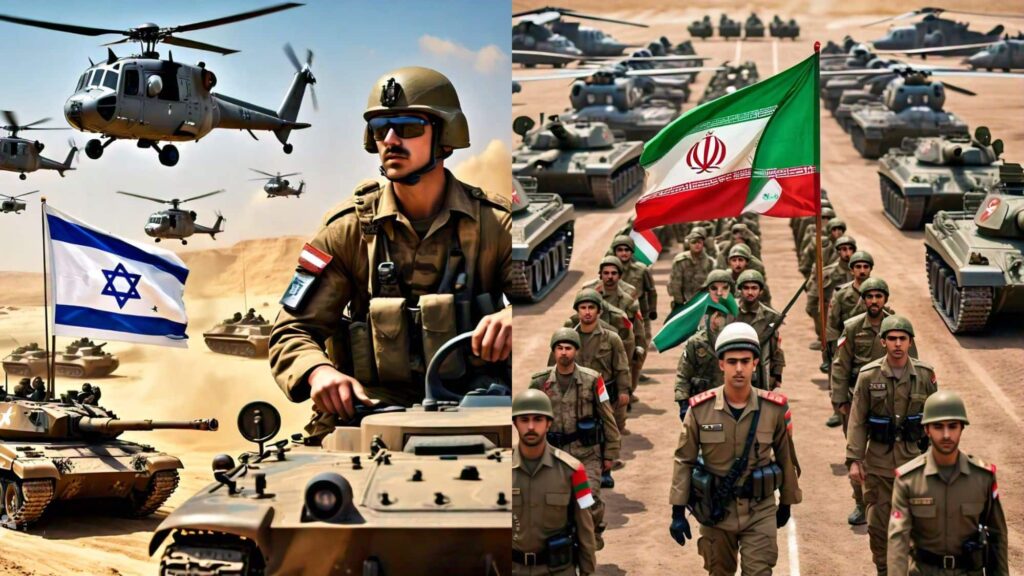The ongoing tension between Israel and Iran has escalated significantly in recent years. Historically, these two nations have been locked in a complex relationship characterized by hostility and strategic competition. As both nations seem to be inching closer to direct confrontation, it is crucial to understand their military capabilities and the balance of power that might dictate the outcomes of any potential conflict. In this article, we will explore the military strengths of both Israel and Iran, examining their offensive and defensive capabilities.
Military Overview
In assessing military strength, it is essential to consider various factors, including the size of the armed forces, technological advancements, and capabilities of weapon systems. Below is a comparison table that summarizes key aspects of the military forces of Israel and Iran:
| Aspect | Israel | Iran |
|---|---|---|
| Active Personnel | 170,000 | 523,000 |
| Reserve Personnel | 465,000 | 1,000,000 |
| Air Force | Over 700 aircraft, including F-35s | Over 300 aircraft |
| Defense Budget | $20.5 billion | $13 billion |
| Naval Fleet | 60 vessels, including submarines | 150 vessels |
Israel’s Military Capabilities
Offensive Powers
Israel is known for its advanced military technology and access to high-quality weaponry. The Israeli Defense Forces (IDF) maintain an extensive arsenal, including the following:
- Air Superiority: Israel possesses advanced fighter jets such as the F-35 Lightning II and F-16 Falcon, offering significant air combat capabilities.
- missile Defense: The Iron Dome system is a cutting-edge technology designed to intercept and destroy short-range threats.
- Cyber Warfare: Israel has become a leader in cyber capabilities, often employing these tools to disable enemy systems.
Defensive Powers
With the constant threat from regional adversaries, Israel has established a robust defense infrastructure:
- Multi-Layered Defense Systems: Israel’s defense strategy includes the Iron Dome, David’s Sling, and Arrow systems to counter various levels of threats.
- Intelligence Operations: The IDF’s intelligence unit, Unit 8200, is highly regarded for its effectiveness in gathering and analyzing data on potential threats.
Iran’s Military Capabilities
Offensive Powers
Iran, while lacking the sophisticated technology of Israel, has a larger military force and employs a strategy focused on asymmetric warfare:
- Ballistic Missiles: Iran maintains an extensive arsenal of ballistic missiles capable of reaching various regional targets.
- Proxy Warfare: Iran utilizes militant groups across the Middle East as proxies to expand its influence and conduct operations without direct confrontation.
Defensive Powers
Iran’s defense is characterized by a strategy aimed at deterrence through mass mobilization and regional influence:
- Army Size: With over 500,000 active personnel, Iran has a substantial ground force available for defensive operations.
- Geographic Advantage: Iran’s vast territory and mountainous terrain provide natural defensive advantages against invasions.
Conclusion
The military landscape between Israel and Iran is marked by stark contrasts in technology, strategy, and resources. While Israel boasts cutting-edge technology and air superiority, Iran relies on its numerical advantage and asymmetric warfare strategies. As both nations move closer to potential direct conflict, understanding their military strengths and weaknesses will be crucial in predicting future developments in the region. The ever-evolving geopolitical dynamics necessitate vigilance and strategic planning for both states as they navigate this tense relationship.
